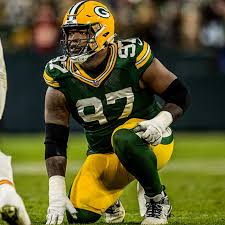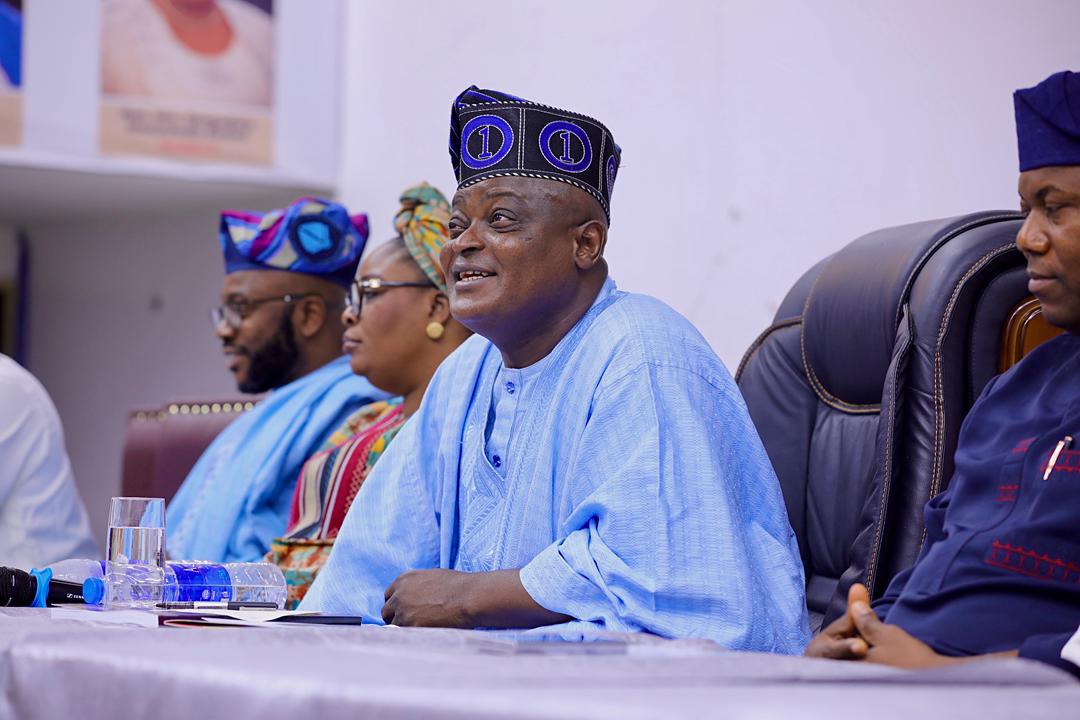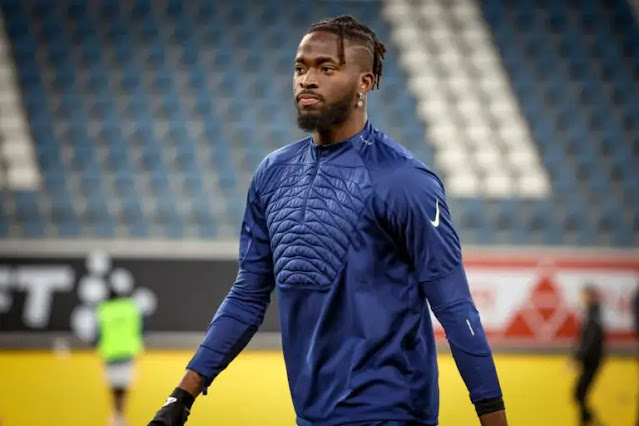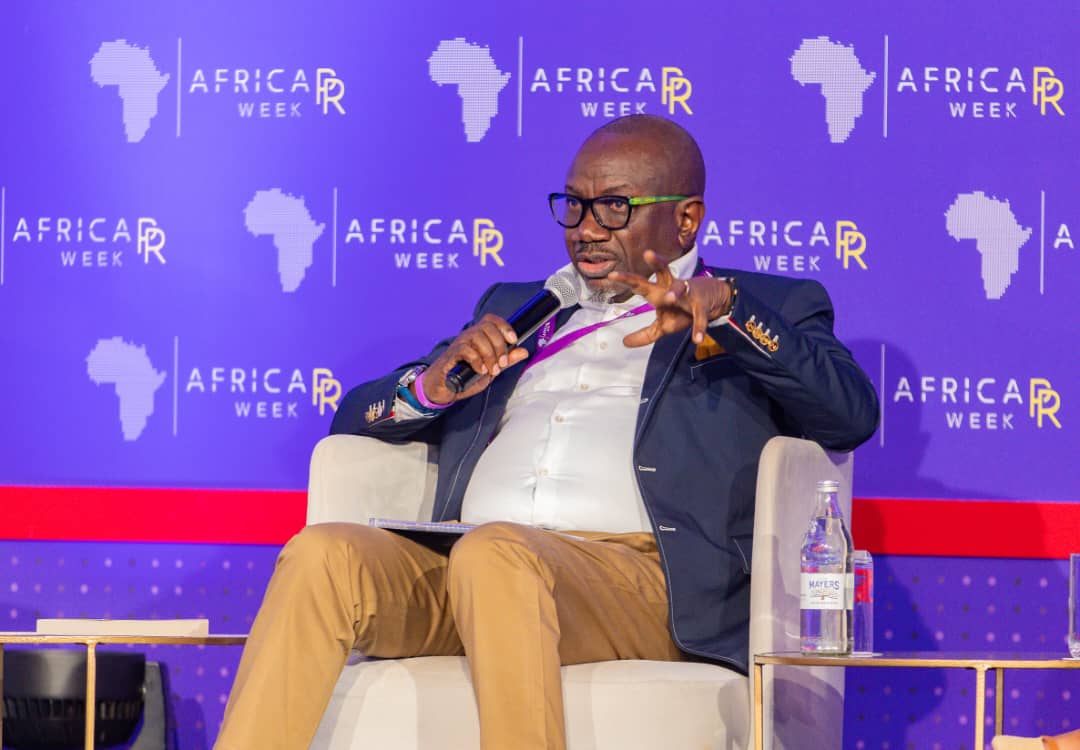In a move that has sent shockwaves through the NFL, the Dallas Cowboys have traded their generational talent, edge rusher Micah Parsons, to a conference rival, the Green Bay Packers, in exchange for three-time Pro Bowl defensive tackle Kenny Clark, two first-round draft picks, and significant salary cap relief. The trade, finalized on Thursday, August 28, 2025, has sparked intense debate among fans, analysts, and insiders, with Cowboys owner Jerry Jones boldly claiming that the deal makes the team better equipped to compete in the 2025 season and beyond. Citing the cap space, draft capital, and the immediate impact of Clark, Jones argues that the trade addresses critical weaknesses while providing the resources to build a more balanced roster. This article provides an in-depth analysis of the trade, its implications for the Cowboys, the reasoning behind Jones’ optimistic outlook, and the broader context of the team’s ambitions in a highly competitive NFC.
The Trade: Details and Immediate Impact
The centerpiece of the trade is the departure of Micah Parsons, a 26-year-old linebacker widely regarded as one of the NFL’s premier defensive players. Since being drafted 12th overall in 2021, Parsons has been a transformative force for the Cowboys, earning three Pro Bowl selections, two All-Pro honors, and a reputation as a game-changer on the defensive side of the ball. His ability to disrupt opposing offenses with his pass-rushing prowess, speed, and versatility made him a cornerstone of Dallas’ defense and a player on a Hall of Fame trajectory.
In return, the Cowboys acquired Kenny Clark, a 29-year-old defensive tackle who has anchored the Green Bay Packers’ defensive line for nearly a decade. A three-time Pro Bowler, Clark brings size, strength, and experience to a Cowboys run defense that struggled significantly last season. Alongside Clark, Dallas received two first-round draft picks, projected to be in the 20s or 30s given Green Bay’s consistent playoff contention. The trade also freed up $19 million in salary cap space, bringing the Cowboys’ total cap room to $42 million for the 2025 season.
Jerry Jones, the Cowboys’ owner and general manager, was unequivocal in his assessment of the trade. “In our judgment, this gives us a better chance to be a better team than we have been the last several years,” he said during a press conference on Thursday. Jones highlighted the combination of cap space, draft picks, and Clark’s immediate impact as key factors in improving the team’s overall competitiveness. His son, Stephen Jones, the team’s executive vice president, echoed this sentiment, emphasizing Clark’s role in addressing a critical weakness in the Cowboys’ run defense.
Addressing a Critical Weakness: The Run Defense
The Cowboys’ decision to acquire Kenny Clark is rooted in a glaring deficiency that has plagued the team in recent seasons: their inability to stop the run. In 2024, Dallas allowed more than 100 rushing yards in 12 games and over 140 yards in eight contests, exposing a vulnerability that opponents exploited repeatedly. This issue was particularly evident in the postseason, where the Cowboys have a 1-3 record over the past four years. In their last three playoff losses—to the San Francisco 49ers in 2021 and 2022 and the Green Bay Packers in 2023—the Cowboys surrendered a staggering 425 rushing yards and six rushing touchdowns on 103 carries.
Kenny Clark, a 6-foot-3, 314-pound defensive tackle, is seen as a solution to this problem. A first-round pick by the Packers in 2016, Clark has established himself as one of the NFL’s most reliable interior linemen, combining power, agility, and durability. His ability to clog running lanes, collapse the pocket, and disrupt plays in the backfield makes him an ideal fit for a Cowboys defense that has struggled to contain mobile quarterbacks and powerful running backs. Stephen Jones emphasized Clark’s importance, stating, “We think Kenny Clark is going to be a big piece to [stopping the run]. We felt like because of our depth on the edge, as well as the ability to scheme pressure, that we could make up for Micah.”
The Cowboys’ defensive scheme, under coordinator Dan Quinn, relies heavily on generating pressure from the edges while maintaining discipline in the interior. While Parsons was a dominant force in rushing the passer, his departure leaves a void that Dallas believes can be mitigated through scheme adjustments and the contributions of other edge rushers, such as DeMarcus Lawrence and rookie Marshawn Kneeland. Clark’s presence, meanwhile, provides a stout anchor in the middle, allowing linebackers like Eric Kendricks to play more freely and enabling the secondary to focus on coverage.
Financial Flexibility: $42 Million in Cap Space
The financial implications of the trade are significant, as the Cowboys freed up $19 million in cap space by moving Parsons, who was entering the final year of his rookie contract with a fully guaranteed fifth-year option worth $21.3 million in 2025. With $42 million now available, Dallas has the flexibility to pursue contract extensions for key players like cornerback DaRon Bland and left guard Tyler Smith, both of whom are eligible for new deals. Bland, a 2022 fifth-round pick, has emerged as one of the NFL’s top young cornerbacks, leading the league with nine interceptions in 2023. Smith, a 2022 first-round pick, has developed into a cornerstone of the offensive line, providing stability at left guard.
The cap space also gives the Cowboys the ability to pursue free agents or make in-season trades to address other roster needs. Jerry Jones emphasized the importance of financial resources in building a competitive team, stating, “It takes a lot of capital that is required to build a team. You do have to allocate your resources whether it be draft picks or whether it be finances.” The $42 million in cap room positions Dallas to make strategic moves, whether by signing veterans to bolster depth or extending contracts to retain homegrown talent.
Draft Capital: Two First-Round Picks
The inclusion of two first-round draft picks in the trade provides the Cowboys with valuable assets to shape their roster in the coming years. While the picks are likely to fall in the 20s or 30s due to Green Bay’s status as a perennial playoff contender, they offer Dallas multiple options. Jerry Jones suggested that the picks could be used to acquire “three to five” players, either by drafting young talent or trading for established stars. “Those draft picks could get top, Pro Bowl-type players,” he said, acknowledging the uncertainty of the draft but highlighting its potential.
The Cowboys’ history of drafting impactful players in the first round—including Parsons, CeeDee Lamb, and Trevon Diggs—gives them confidence in their scouting department’s ability to maximize these picks. Alternatively, the picks could be packaged to trade up in the 2026 or 2027 draft to target a high-profile prospect, such as a quarterback to succeed Dak Prescott or a transformative offensive weapon. Jones’ willingness to consider trading the picks for immediate help reflects the Cowboys’ dual focus on winning now and building for the future.
The draft capital also provides insurance against the natural attrition of an NFL roster. As Jones noted, “Very few players are Deion [Sanders] playing a hundred plays a game.” Injuries, retirements, and performance declines are inevitable, and the additional picks increase the Cowboys’ odds of finding contributors who can make an impact across multiple positions.
The Loss of Micah Parsons: A Generational Talent
While the Cowboys gained significant assets in the trade, the loss of Micah Parsons cannot be understated. A three-time Pro Bowler and two-time All-Pro, Parsons was the heart of Dallas’ defense, consistently generating pressure, forcing turnovers, and setting the tone with his relentless energy. His 40.5 sacks over his first three seasons rank among the best in NFL history for a player’s early career, and his versatility allowed him to excel as both an edge rusher and an off-ball linebacker.
Parsons’ departure to a conference rival like the Packers adds another layer of complexity. Green Bay, a consistent playoff contender, gains a player capable of elevating their defense to elite status, potentially creating a matchup nightmare for Dallas in future postseason encounters. The trade also carries emotional weight for Cowboys fans, who viewed Parsons as a homegrown star and a symbol of the team’s resurgence.
Critics of the trade argue that replacing a player of Parsons’ caliber is nearly impossible, regardless of the assets acquired. His ability to single-handedly disrupt games made him a rare talent, and the Cowboys’ decision to trade him reflects a calculated risk. While Clark addresses a specific need, and the draft picks and cap space provide flexibility, the immediate loss of Parsons’ production could hinder Dallas’ ability to compete in a loaded NFC, where teams like the Philadelphia Eagles, San Francisco 49ers, and now the Packers pose significant challenges.
Jerry Jones’ Rationale: A Broader Perspective
Jerry Jones’ assertion that the Cowboys “got better” through this trade has raised eyebrows, given Parsons’ status as one of the NFL’s premier players. However, Jones’ comments reflect a long-term vision for the team, prioritizing roster balance and sustainability over reliance on a single star. “It takes many players, to be trite, to play in the NFL,” Jones said. “It takes 11 on the field at the same time. It takes a minimum of 30 or 40—at minimum—to have both offense and defense, not including players who are involved in our special teams.”
Jones’ reference to the hiring of offensive coordinator Brian Schottenheimer suggests that the trade was part of a broader strategy to reallocate resources and address multiple roster needs. Schottenheimer, who joined the Cowboys in 2023, has overseen an offense that relies heavily on quarterback Dak Prescott, wide receiver CeeDee Lamb, and a strong offensive line. By bolstering the defense with Clark and creating cap space for extensions, the Cowboys aim to build a more complete team capable of overcoming their postseason shortcomings.
Stephen Jones elaborated on this point, noting that the team’s inability to stop the run has been a “direct connection” to their playoff struggles. The acquisition of Clark, combined with the Cowboys’ depth at edge rusher and ability to scheme pressure, is intended to address this issue while maintaining defensive potency. The draft picks, meanwhile, provide the opportunity to add young, cost-controlled talent, which is critical in an era of rising salaries and cap constraints.
The Cowboys’ Recent History and Playoff Struggles
The Cowboys’ decision to trade Parsons comes on the heels of a disappointing 2024 season, in which they finished 7-10 and missed the playoffs after three consecutive 12-win seasons from 2021 to 2023. Despite their regular-season success, Dallas has struggled in the postseason, posting a 1-3 record in their last three playoff appearances. The losses to the 49ers and Packers exposed deficiencies in run defense and offensive balance, prompting Jones and his front office to reevaluate their roster construction.
The trade reflects a willingness to make bold moves to break the cycle of postseason disappointment. By prioritizing run defense and financial flexibility, the Cowboys are betting that a more balanced roster will yield better results in high-stakes games. However, the loss of Parsons, who was a driving force behind their defensive success, raises questions about whether Dallas can maintain its identity as a pressure-heavy, turnover-forcing defense.
Fan and Analyst Reactions
The trade has sparked a polarized response from Cowboys fans and NFL analysts. Supporters of the move point to the immediate impact of Clark, who addresses a glaring weakness, and the long-term potential of the draft picks and cap space. They argue that Jones’ focus on roster depth and sustainability is a pragmatic approach in a league where injuries and attrition can derail even the most talented teams.
Critics, however, view the trade as a step backward, arguing that Parsons’ unique talent is irreplaceable. Social media platforms like X have been flooded with reactions, with hashtags like #CowboysTrade and #MicahParsons trending as fans debate the merits of the deal. Some have expressed frustration with Jones’ optimism, questioning how the team can improve by trading a player of Parsons’ caliber to a rival. Others have praised the acquisition of Clark, noting his proven track record and ability to shore up the defensive line.
Analysts have also weighed in, with ESPN’s Todd Archer highlighting the Cowboys’ run defense struggles as a key factor in the trade. Others, however, argue that the Cowboys may have underestimated Parsons’ value, both on the field and as a leader in the locker room. The debate is likely to continue as the 2025 season unfolds and the impact of the trade becomes clearer.
The Broader Context: NFL Roster Building
The Cowboys’ trade reflects broader trends in NFL roster management, where teams must balance the value of star players against the need for depth and financial flexibility. The salary cap, which is projected to rise to $260 million in 2025, forces teams to make difficult decisions about allocating resources. By trading Parsons, the Cowboys avoided the challenge of negotiating a massive contract extension—potentially worth $30 million per year—while gaining assets to address other needs.
The trade also highlights the importance of draft capital in a league where young, cost-controlled players are critical to long-term success. The Cowboys’ two first-round picks give them the flexibility to rebuild their roster, whether by drafting new talent or trading for established players. Jones’ reference to acquiring “three to five” players underscores the potential for these picks to reshape the team’s future.
The Road Ahead for the Cowboys
As the Cowboys prepare for the 2025 season, the focus will be on integrating Kenny Clark into the defense and leveraging the cap space and draft picks to address other roster needs. The extensions for DaRon Bland and Tyler Smith are likely priorities, as both players are integral to the team’s long-term plans. The Cowboys will also need to identify additional pass-rushing threats to replace Parsons’ production, potentially through free agency or the development of younger players like Kneeland.
The trade sets the stage for a pivotal season in Dallas, where the pressure to return to the playoffs and compete for a Super Bowl will be immense. Jerry Jones’ bold claim that the team “got better” will be put to the test, as fans and analysts watch closely to see whether the acquisitions of Clark, cap space, and draft picks outweigh the loss of a generational talent.
Conclusion
The Dallas Cowboys’ trade of Micah Parsons for Kenny Clark, two first-round picks, and $19 million in cap relief is a high-stakes gamble that reflects Jerry Jones’ vision for building a more balanced and sustainable roster. By addressing a critical weakness in run defense, gaining financial flexibility, and acquiring valuable draft capital, the Cowboys aim to overcome their postseason struggles and compete in a loaded NFC. However, the loss of Parsons, a player on a Hall of Fame trajectory, raises questions about whether Dallas can maintain its defensive identity and contend with elite teams like the Packers, 49ers, and Eagles.
Jones’ assertion that the Cowboys “got better” is a bold statement that will be scrutinized throughout the 2025 season. As the team navigates the challenges of integrating Clark, extending key players, and leveraging their draft picks, the success of this trade will ultimately be judged by on-field results. For now, the Cowboys have taken a calculated risk, betting that depth, versatility, and strategic resource allocation will propel them to greater heights than a single star, no matter how exceptional, could achieve alone.






